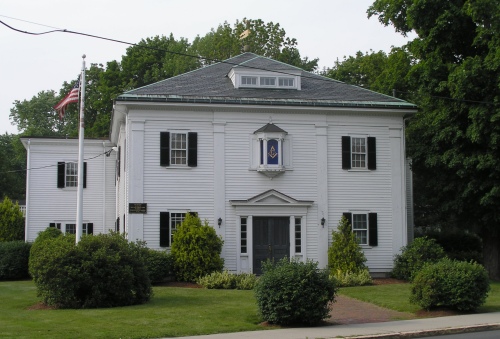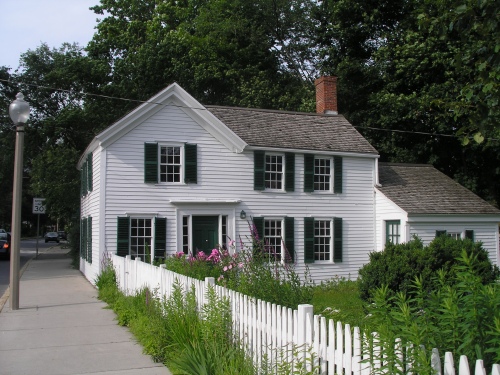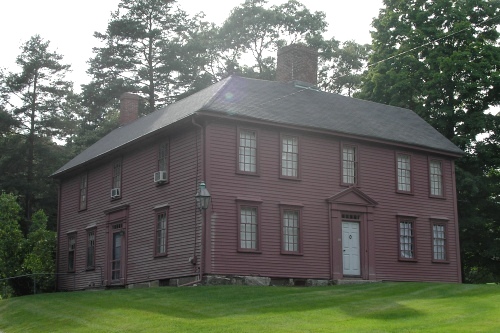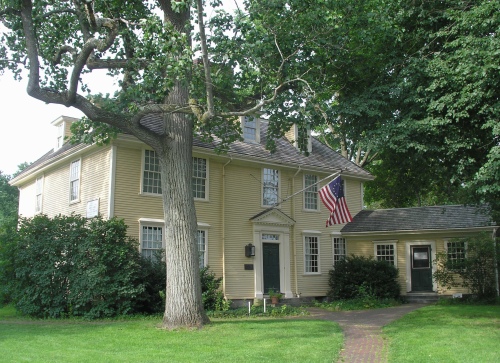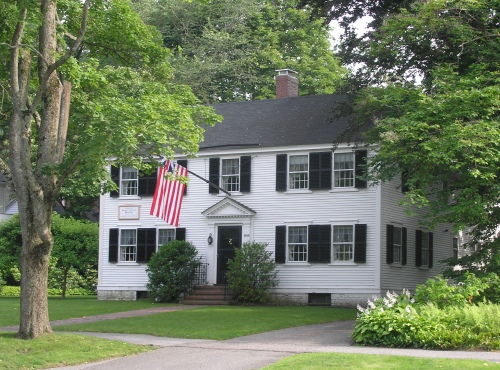Hancock United Church of Christ (1893)
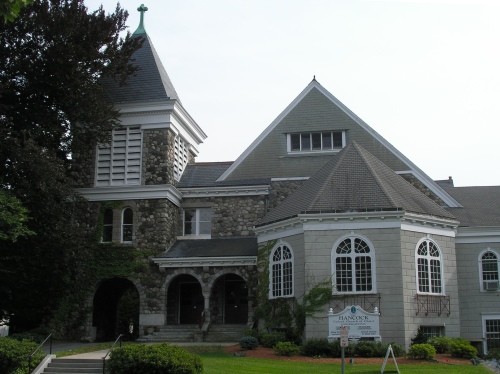
In 1819, the First Congregational Society of Lexington became Unitarian. The minority of Trinitarian Congregationalists attended the local Baptist church for a time, but in 1868 formed the Hancock Congregational Society. The Congregation occupied the old Lexington Academy building until 1893, when the current Hancock Congregational Church was built. The church, designed by Paine and Lewis, features both Shingle Style siding and fieldstone walls. Many additions have been made over the years, including a new stuccoed wing in 1951.
